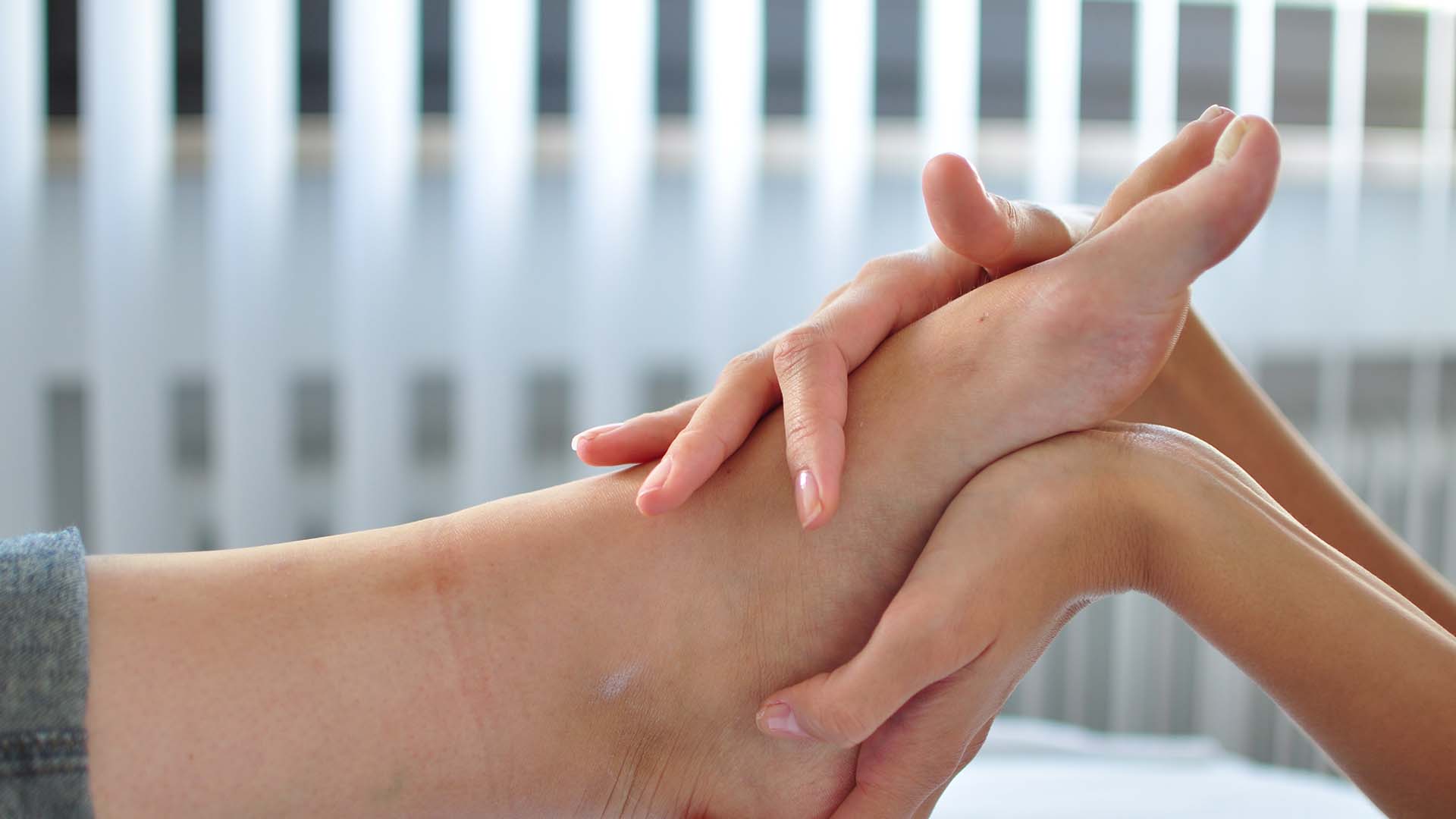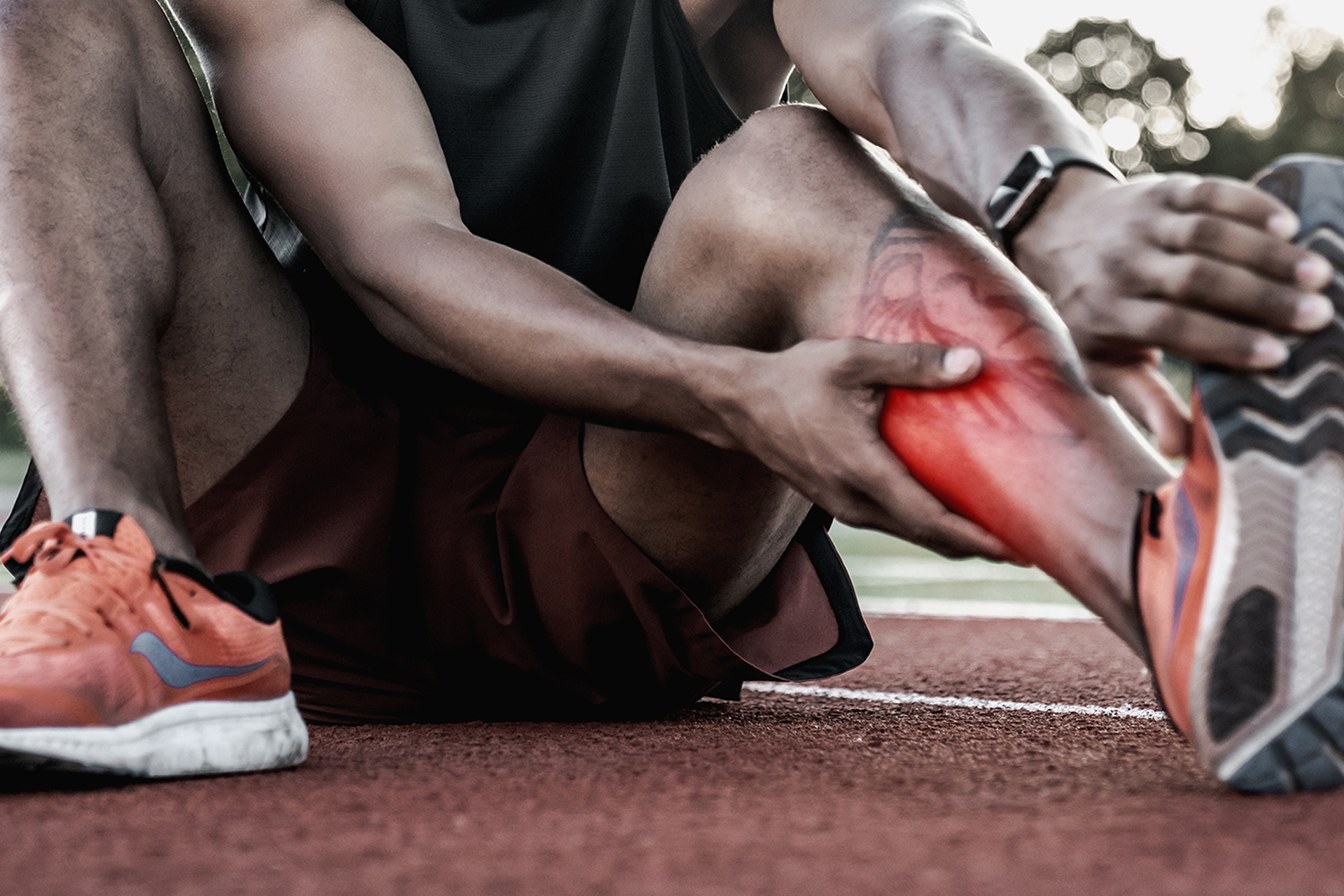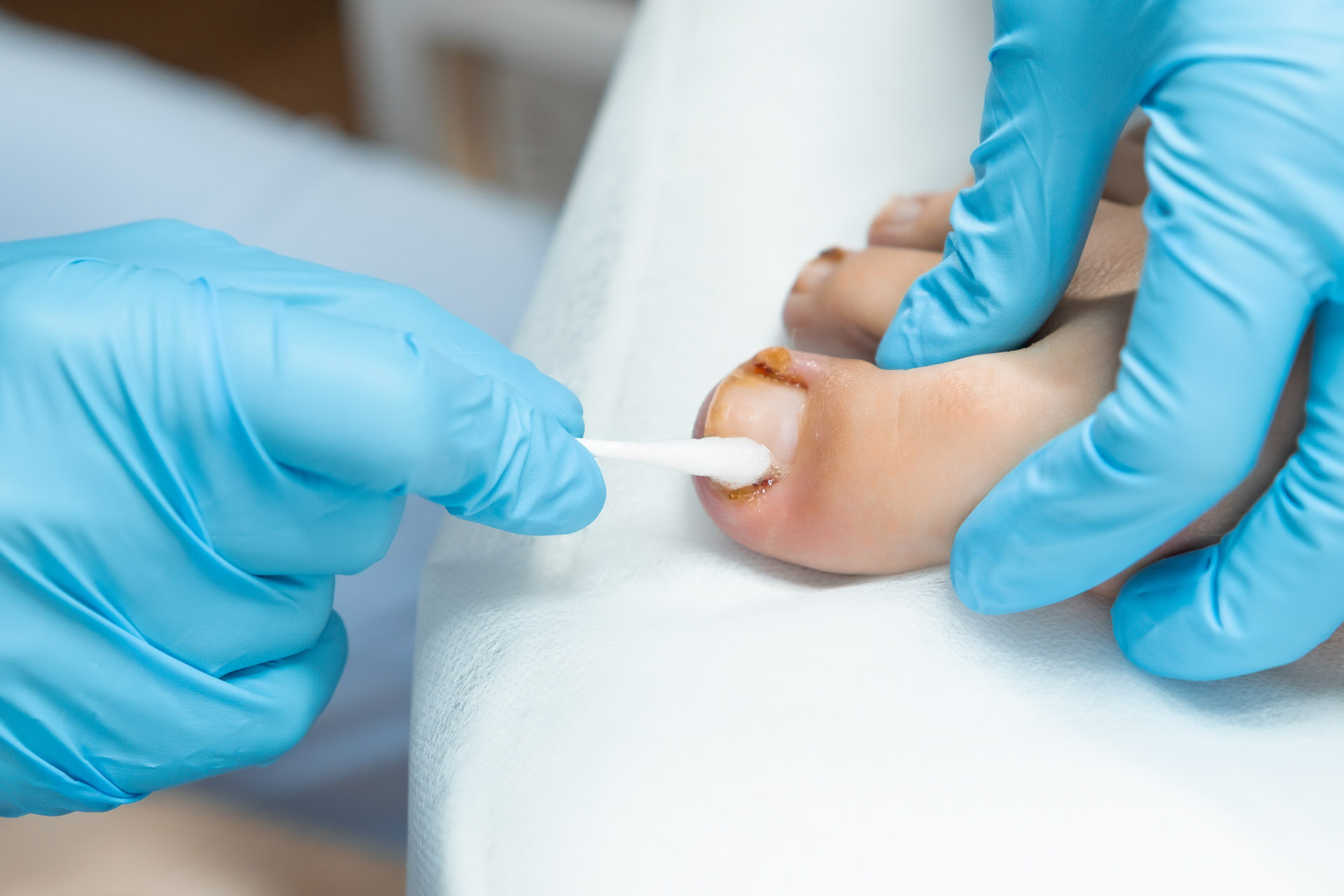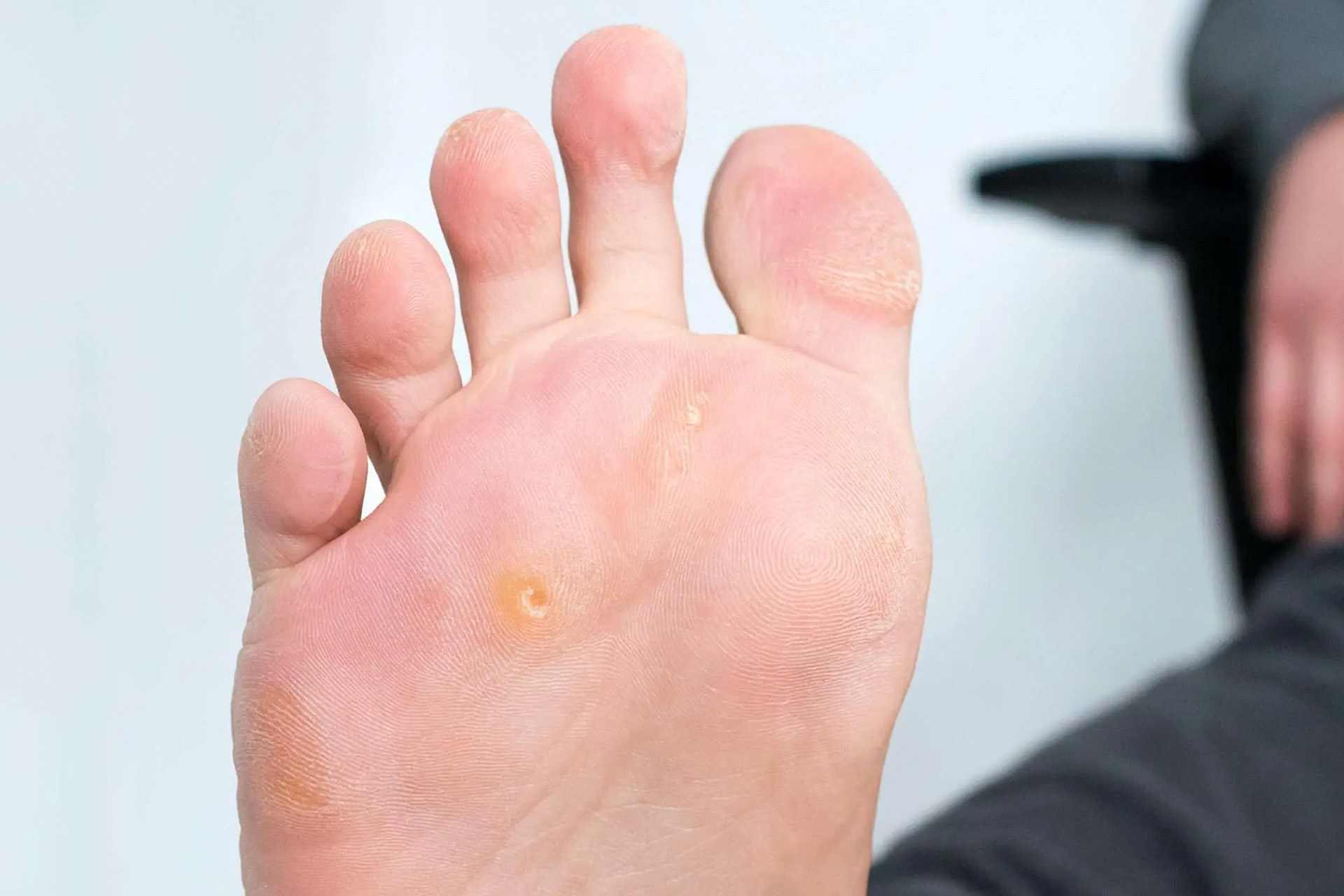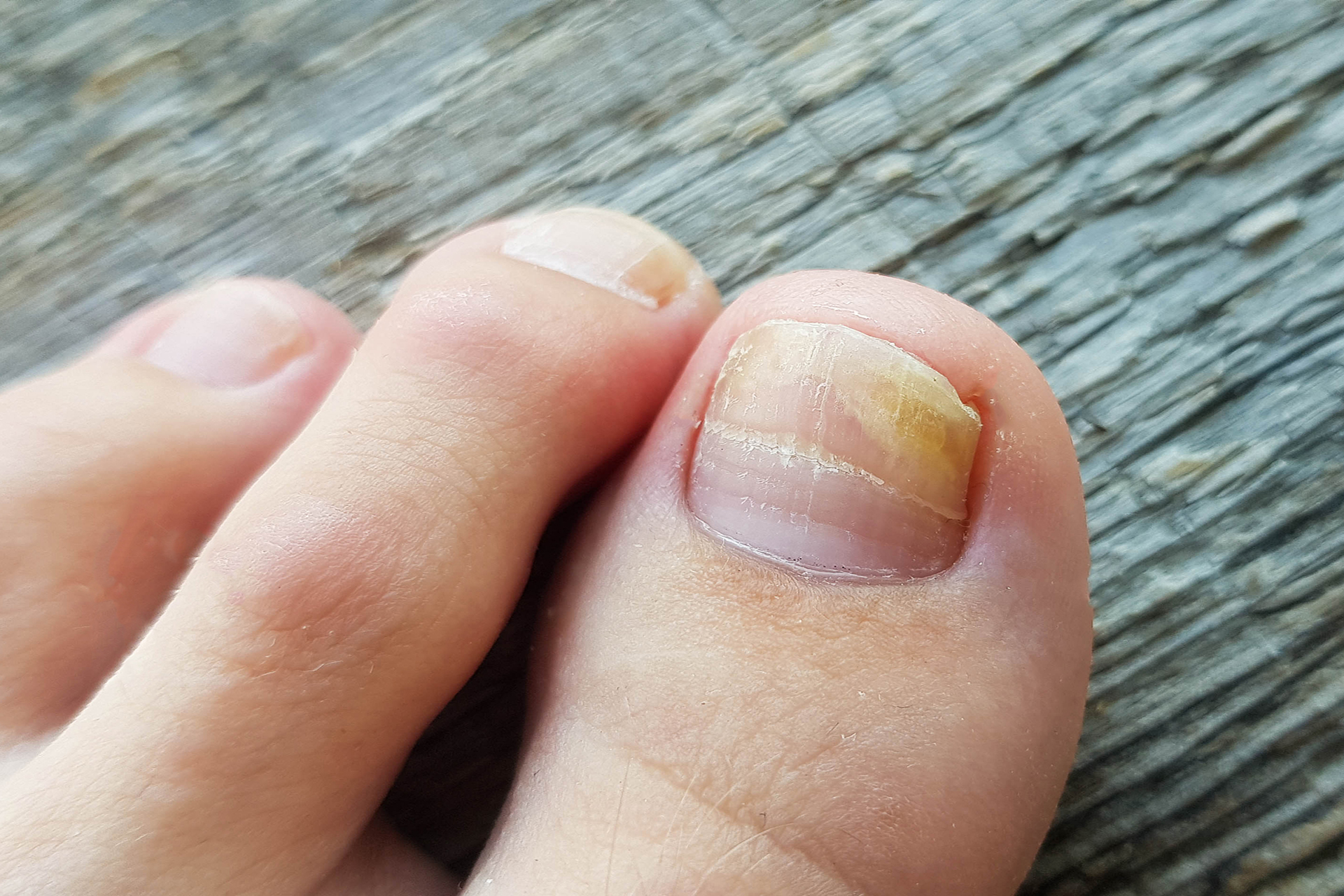Having high foot arches or pes cavus feet means you have a high-arched foot structure. Instead of placing pressure evenly across the entire foot, standing or walking places pressure primarily on the ball and heel of the feet, which can cause instability and pain.
An estimated 15 percent of the population has high foot arches. The condition can be found on either one or both feet and affects how weight is distributed across your foot arches during daily activities.
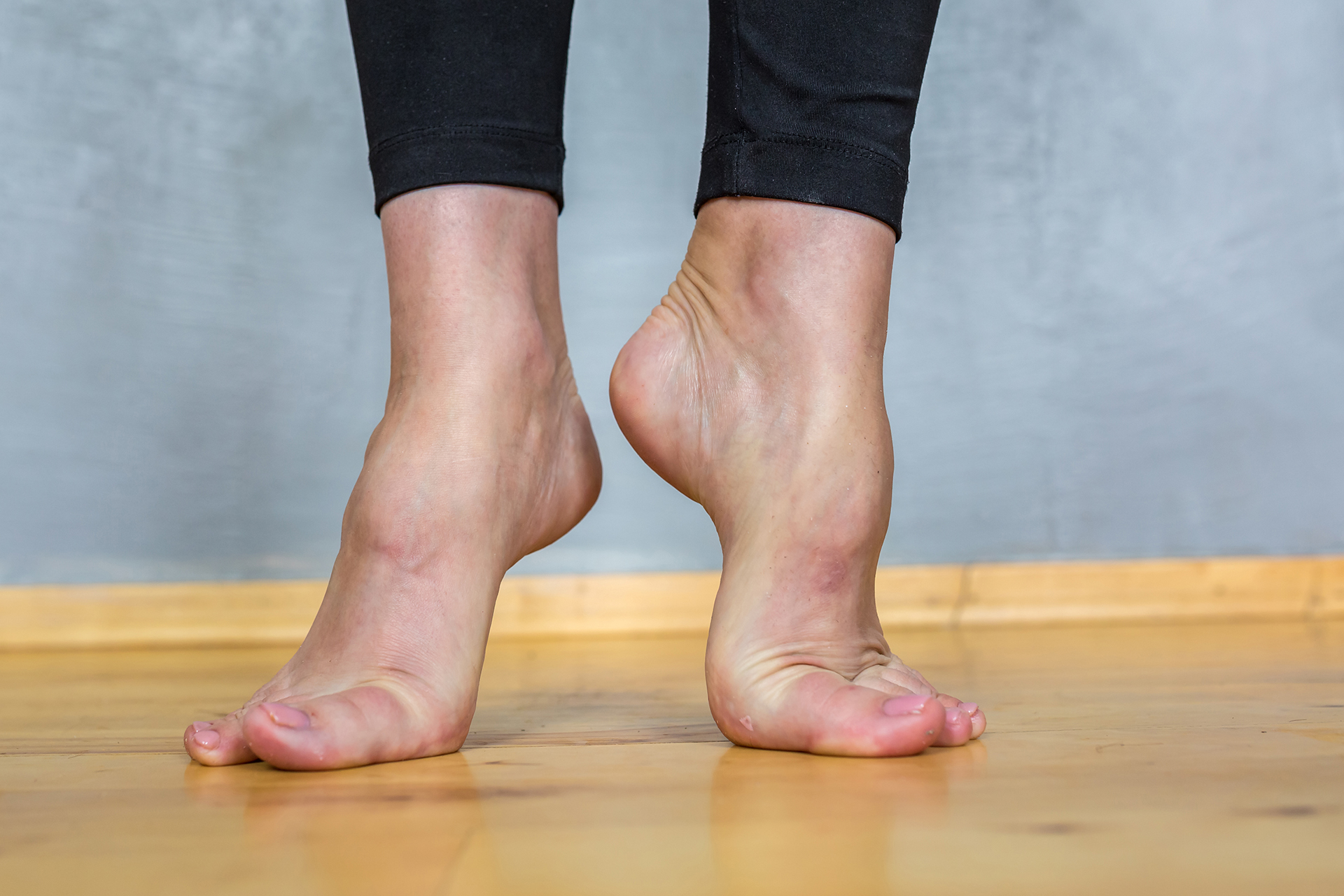
Understanding High-Arched Feet
High arches in the feet create a distinctive foot shape where the arch area doesn’t touch the ground when standing. Unlike normal arch feet, people with high arch foot conditions have an exaggerated curve that places excessive pressure on specific areas of the foot. This structural difference in arched feet can lead to complications if left untreated.
The high foot arch creates an imbalance in weight distribution, forcing the heel and ball of the foot to bear more load than they’re designed to handle. This uneven pressure distribution is the primary reason people with high arches experience foot high-arch pain and related complications.

What Are the Causes of High Foot Arches
Although some people may be born with high foot arches, others may develop them over time. Neurological conditions, such as Charcot-Marie-Tooth disease and muscular dystrophy, can also cause a condition known as pes cavus. Any condition that affects the back or lower limbs, including spina bifida or a stroke, can lead to spasticity and cause high-arch foot development as well.
Some common causes include:
- Genetic factors: Many people inherit a high-arched foot structure from their parents, making it a hereditary condition that affects foot arches from birth.
- Neurological disorders: Conditions affecting the nervous system can alter muscle balance in the foot, leading to the development of a high arch over time.
- Muscle imbalances: Weakness in certain foot muscles or tightness in others can gradually create high arches in the feet.
- Trauma or injury: Previous foot, ankle, or lower leg injuries can sometimes result in structural changes that create high arch conditions in the foot.
The additional pressure of having high arches can make a person more susceptible to various symptoms and conditions. Some individuals may also experience associated dysfunctions, such as metatarsalgia, plantar fasciitis, or hammertoes, all of which contribute to high foot arch pain.
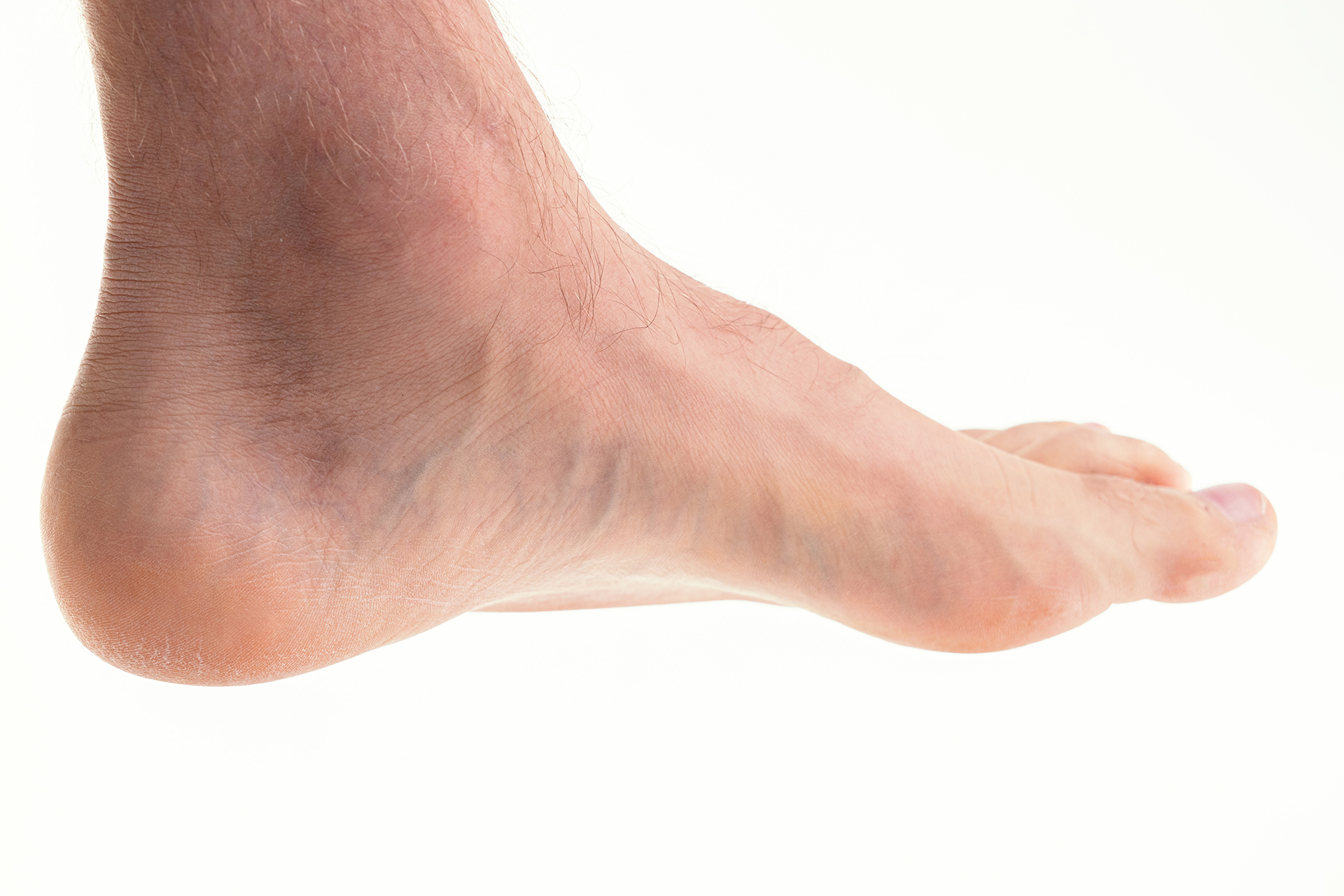
How Do You Know If You Have High Arches: Signs and Symptoms
There are several ways to identify high foot arches or pes cavus feet. A physical examination by an experienced podiatrist or foot doctor can often diagnose pes cavus foot. The Foot Practice’s expert podiatrist will examine the foot while sitting and standing to see how your arch settles in different positions and during movement.
The most obvious sign is the visual appearance of your foot arches when you stand or walk. Simple self-assessment tests include:
- The wet foot test: Step out of a shower or bath onto a dry surface and examine your footprint. People with high-arch feet will see little or no connection between the heel and forefoot areas in their footprint.
- Paper bag test: Stand on a paper bag and trace around your foot. High-arched foot conditions typically exhibit a narrow connection or gap between the heel and the ball of the foot.
- Visual inspection: When sitting, look at your feet from the side. High arches in feet create a pronounced curve that’s easily visible.
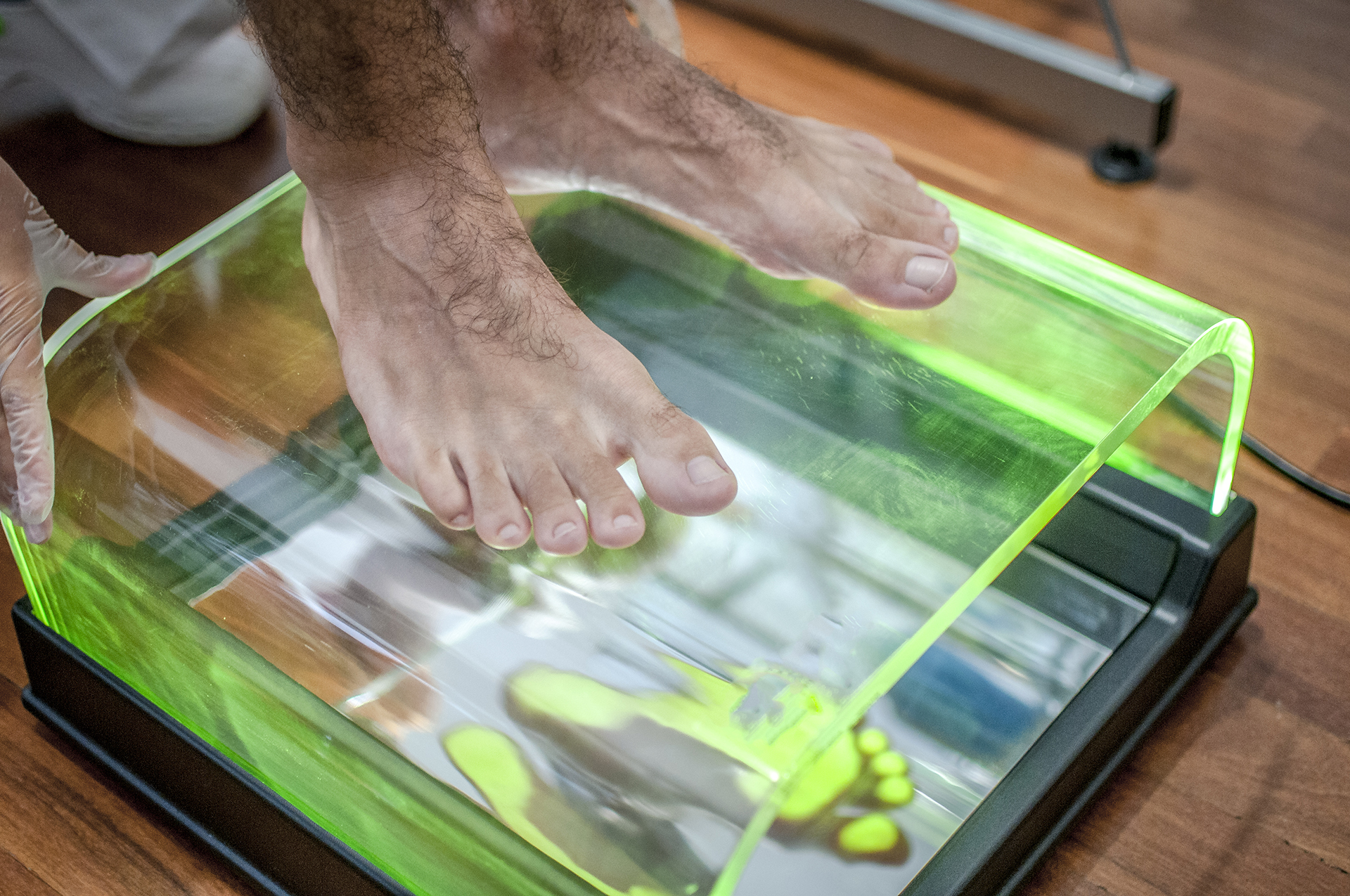
If you have high arch foot conditions, you may also notice the following symptoms:
- Calluses along the sides, the ball and the heel of your foot are due to increased pressure on these areas from your high foot arches.
- Hammertoes are gnarled and swollen toes that look like claws, caused by excessive pressure from the altered foot mechanics of arched feet.
- High-arched foot pain typically occurs when attempting to stand or walk, especially after periods of rest or prolonged activity.
- Foot tilting inward predisposes you to ankle sprains and strains due to the instability created by a high foot arch structure.
- Foot drop refers to weakness of the ankle or foot muscles and causes the foot to drag behind you as you take a step. This usually indicates a neurological problem affecting your feet’ arches.
Additional symptoms may include foot pain caused by a high arch during weight-bearing activities, especially on hard surfaces, where the lack of shock absorption from rigid-arch feet becomes most apparent. Frequent ankle injuries occur because the high-arch foot position creates instability during walking and running.
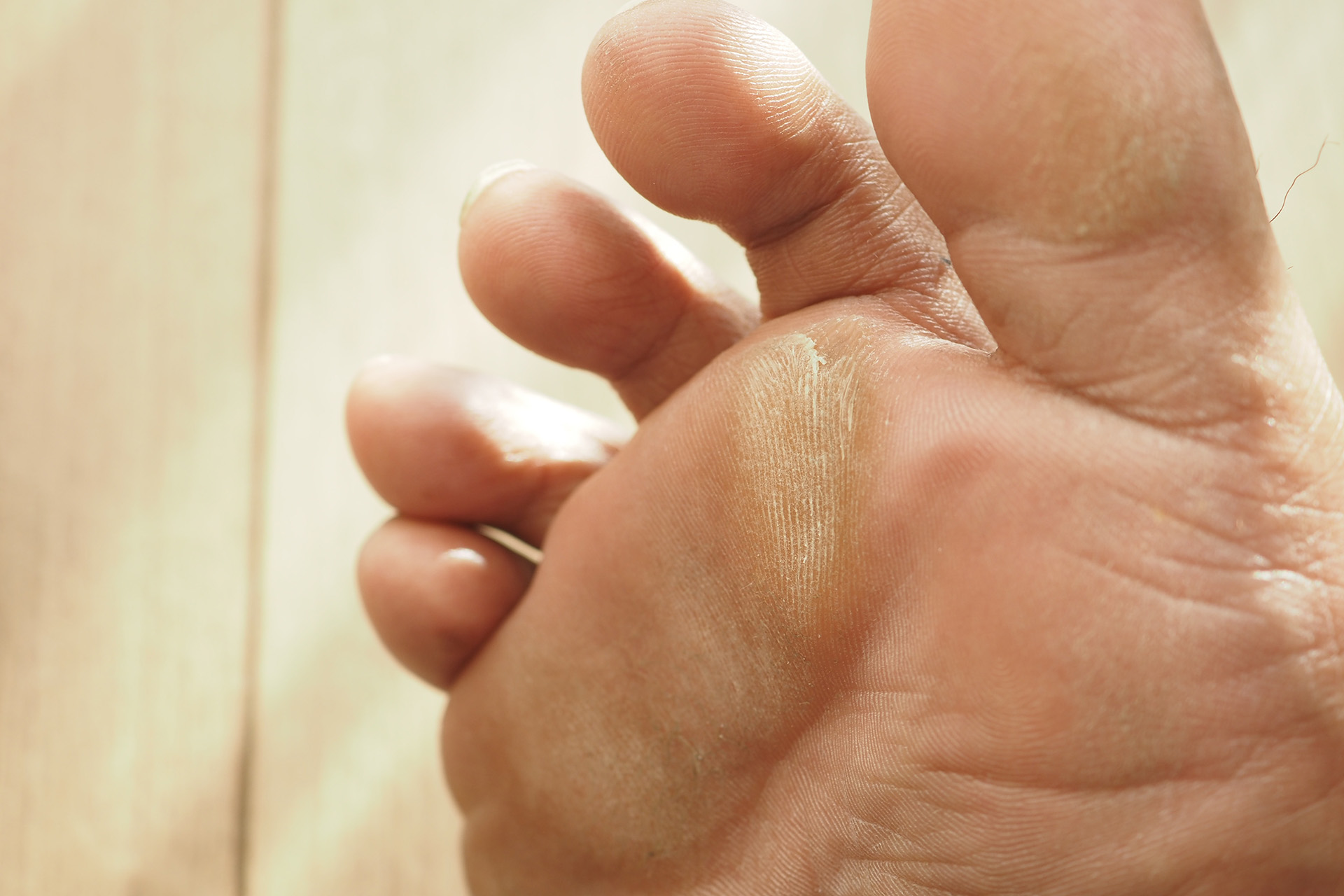
Diagnostics of High Foot Arches
Because treatment for high arches depends on the root cause, it is crucial to accurately diagnose the condition by visiting a podiatrist. Suppose you have high-arch feet and other symptoms. In that case, our team at The Foot Practice will conduct a biomechanical gait assessment using our RehaWalk 1,000-point pressure-sensing treadmill to determine if other underlying issues are contributing to the condition.
Our podiatrist will review your family history and examine your feet to assess the severity of any problems related to your high foot arches. Our team will also examine the entire leg to check for abnormalities and inspect your shoes to assess their wear, which can provide clues about your gait patterns, particularly with high-arched feet.

High-Arch Conservative Interventions
Conservative intervention is often the best podiatric remedy for treating high arches. Some reactive muscle strengthening, as well as ankle bracing, may also help relieve high foot arch pain. Recommendations may include:
- Orthoses: Custom orthotic insoles can be prescribed if you’re experiencing extreme foot pain with a high arch. While orthotic therapy is often prescribed for pes planus (flat feet), it is particularly beneficial for high-arched foot conditions. In these cases, orthotic insoles aim to adjust the foot to accommodate its shape and distribute body weight more evenly. Because high-arch feet are rigid, they cannot bend or absorb impact when walking. Our podiatrist will likely recommend orthotics made from softer materials to absorb the force during movement.
- Physical therapy: Tight calf muscles or weak peroneal muscles often contribute to high-arch foot problems. Because the foot is rolled inward with high foot arches, chronic ankle sprains are more likely. Ankle and lower leg muscle strengthening and stretching exercises may be prescribed as part of comprehensive high-arch treatment.
- Footwear modifications: Wearing proper shoes with adequate arch support and cushioning is essential for managing foot pain caused by high arches. Shoes should accommodate the unique shape of arched feet while providing stability.
- Padding and taping: Strategic padding can help redistribute pressure away from painful areas affected by your high foot arch structure.
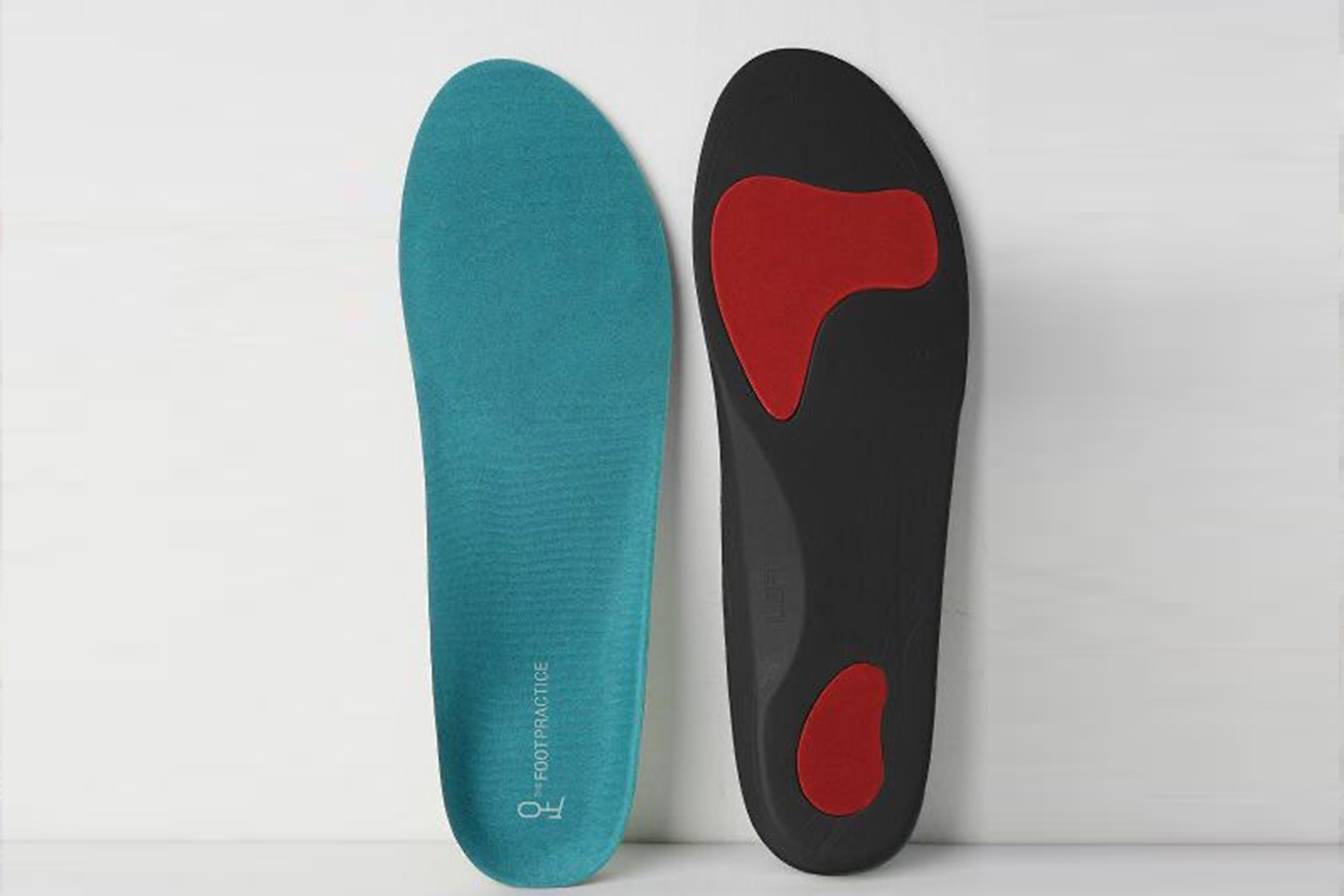
Advanced Treatment Options for High Foot Arches
Although conservative therapies can’t change the foot’s shape or function, these interventions for high arches will likely help with pain management and improve foot function. In some cases, your condition may continue despite conservative treatments, which may necessitate:
- Surgical intervention: In severe cases where conservative high arch treatment fails, surgical options may be considered. An orthopaedic surgeon can evaluate whether procedures to modify bone structure or soft tissue are beneficial for your high-arch foot condition.
- Injection therapy: Corticosteroid injections may provide temporary relief from inflammation associated with high arch pain in the foot.

Living with High Foot Arches
Managing high-arched foot conditions requires ongoing attention to foot health and the implementation of proper care strategies. People with pes cavus should monitor their feet regularly for signs of pressure-related problems and maintain appropriate footwear to minimise high foot arch pain.
Regular follow-ups with a podiatrist can help prevent complications and ensure that treatment for high arches remains effective. Early intervention is key to preventing the development of secondary problems associated with high-arch feet.
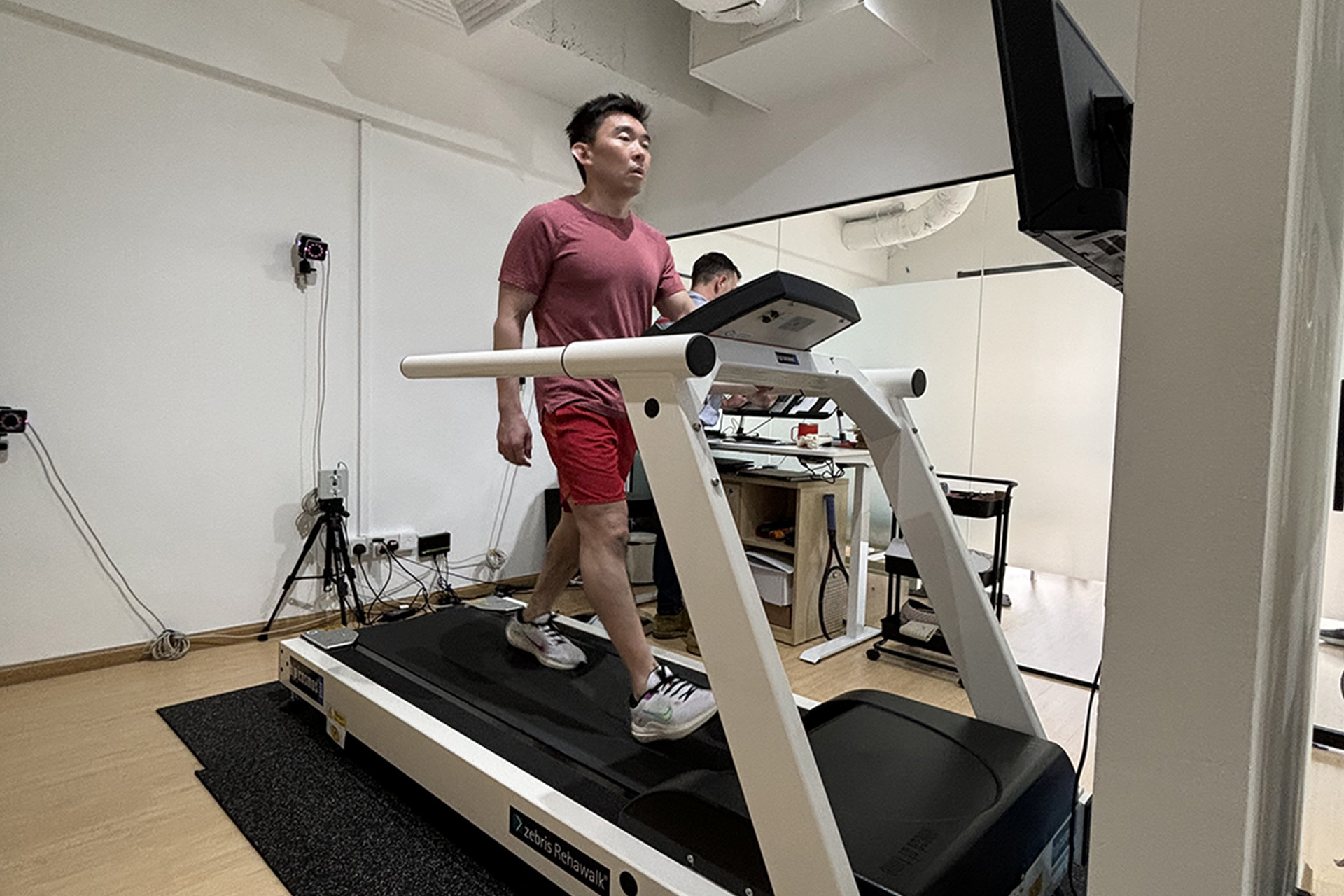
Make an Appointment for High Foot Arches Podiatric Intervention
Understanding your foot arches and recognising the signs of high-arched foot conditions is the first step toward effective management. Whether you’re experiencing high-arch foot pain or want to prevent future problems, professional assessment and appropriate high-arch treatment can significantly improve your quality of life.
If you suspect you have a high foot arch structure or are experiencing symptoms related to your arches, don’t wait for problems to worsen. Schedule a consultation and assessment to determine the most suitable treatment options for your condition. Early intervention with proper high arch treatment can help you maintain active, pain-free feet for years to come.

